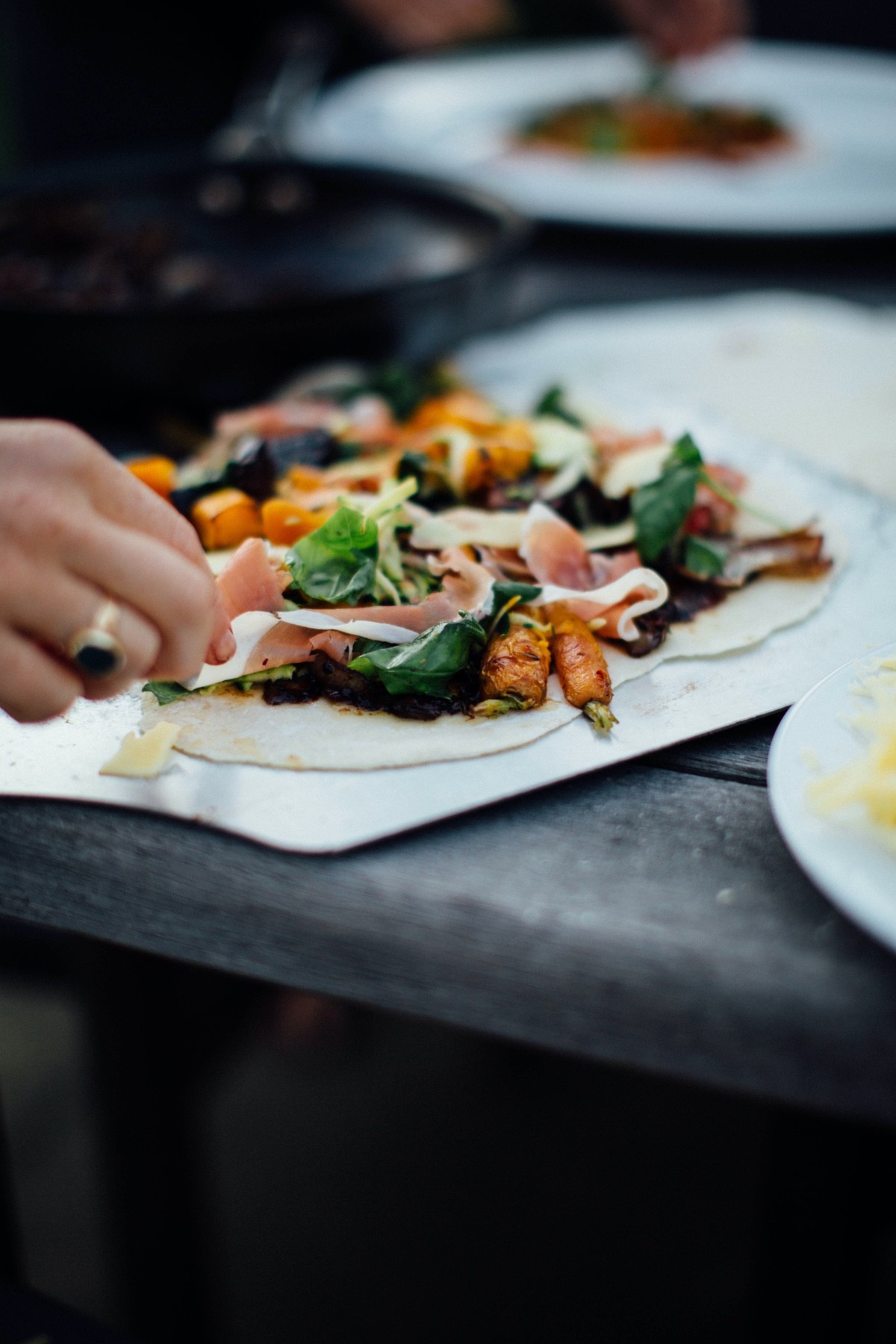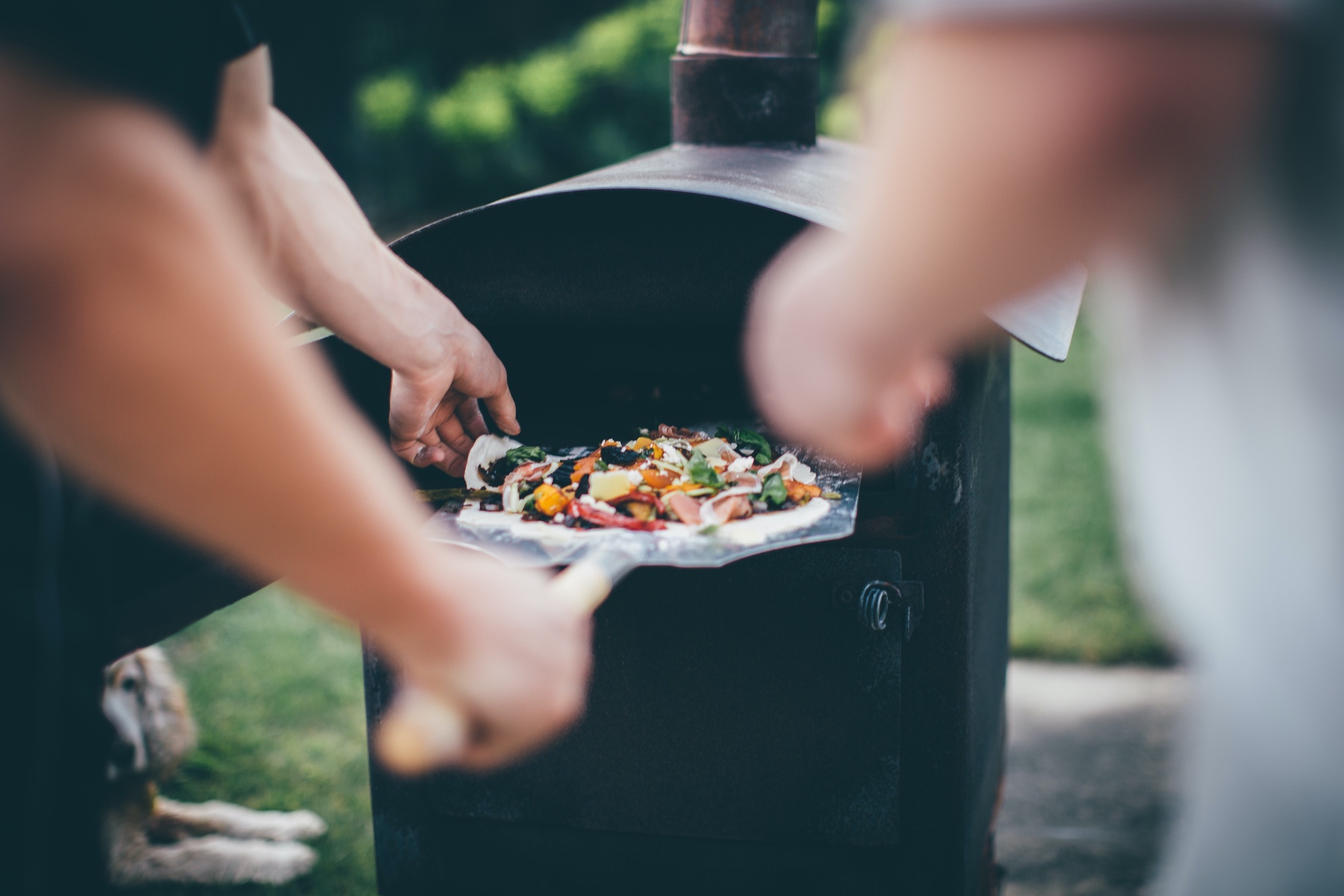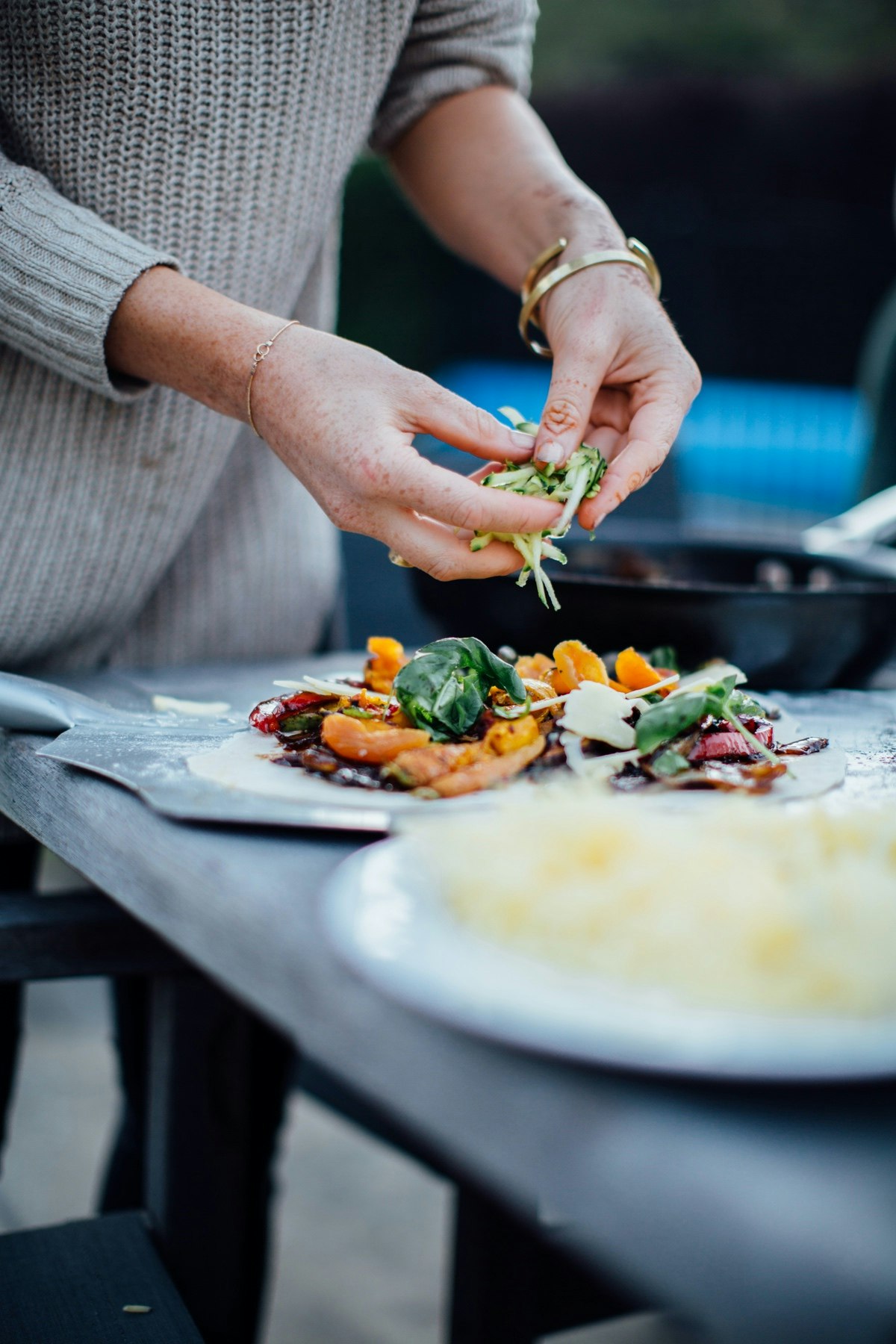When people ask me about how I would characterize my sense of style, I reply, “Goodwill Fabulous.” It’s an identity I wear with pride. I happily live by my values. After learning about some of the dirtiest parts of the fashion industry, I wanted to disband from my mainstream purchasing habits. Upon coming to Los Angeles, I fell in love with thrift stores and the incredible one-of-a-kind finds that surfaced day after day.
To me, thrift shopping wasn’t just a trendy thing to do, it was another way to live in alignment with my values. I saw this decision as comparable to my choice to adopt veganism — a move that had resolved the dissonance between my daily actions and core values (minimizing my carbon footprint). Our culture doesn’t foster this kind of approach — in fact, it does just the opposite. The consumer culture that beckons us relies on the oppression of our natural resources and the people further down the supply chain.
As consumers, it’s easier to turn a blind eye. Ignorance is bliss, and we don’t know what we don’t take the time to uncover.
In fact, the easy thing is to stick with the default: mindless consumption. We can never have enough. And we don’t experience the consequences of overconsumption — those are passed further down the supply chain. We simply toss our trash. Out of sight, out of mind.
Being a conscious consumer requires work. But I’ve also discovered that there are rewards to be reaped from it. The constraints I have put on my consumption opened a new outlet for creative expression. In the past, I fed myself a narrative that I wasn’t “creative” because I had never been good at things like drawing or design. I hadn’t yet uncovered the infinite ways in which creativity can manifest.

In time, rather than seeing constraints as a hindrance to creativity, I came to see them as a catalyst.
Narrow guardrails and limited resources have helped me to innovate and invent. This idea of “how can we do more with less?” has become a common thread through my life, and manifests in everything from my closet collection to my sustainable food business, Pulp Pantry. My business transforms a neglected resource (juice pulp) into healthy, craveable snacks that make eating more fruits and vegetables (fiber) accessible for all.
Along the same theme of living by my values, I placed certain specific constraints on what I am willing (and not willing) to do in my business. For example, it was important to my partner and I that vegetables comprise a primary ingredient in our product, rather than an afterthought. This guiding principle lead us to create completely innovative products such as our vegetable-based granolas — the first of their kind.
My story serves as just one illustrative example of the infinite applications of conscious consumerism. I invite you to try it on for size and see what you come up with. Looking for places to start? I’ve always got a few for you, especially when it comes to being more conscious about eliminating waste in the kitchen!
1. Use leftover greens in smoothies.
Before greens go bad, throw ‘em into a smoothie. It’s an easy way to get a fiber boost! I take a huge bunch (I don’t mean a few measly leaves) of wilted greens and stuff the goodness into my blender. Not a fan of green smoothies? Try pairing spinach, kale, or other pungent greens with rich “masking” flavors, such as banana, cacao, cinnamon, peanut butter. They’ll all help you boost the flavor so that you don’t have to plug your nose and chug. Try the same thing with other veggies - cauliflower is great, and a blogger friend of ours, Peanut Head, recently put zucchini in hers!
2. Freeze or stir fry extra veggies.
If you’ve waited too long to make that smoothie, freeze your greens (or other veggies). They make for the best stir fry. Or better yet, sauté and season your favorite dish, and THEN freeze it! The flavors will come out even more when you reheat.

3. Get inspired.
Follow crafty food bloggers such as @golubkakitchen, @thevisualveggie, @kateveggiedesserts, or @liveyumyum. They’re always thinking up creative ways to turn produce into delicious, drool-worthy eats! You’ll never run out of recipe inspiration that will ensure no goodness goes to waste.
4. Think before you purchase.
Create a mental check-in before you buy things on impulse. Does this item/brand bring you joy? I love to weigh my purchases on account of their joyfulness. I’m more likely to buy something that brings me pleasure far beyond the moment of purchase.
5. Support local!
Naturally, supporting small local businesses will be more expensive. But by surrounding yourself with high quality items that you can take pride in, you will have less of a need for more “stuff.” Minimalism is golden.
What are other ways you can incorporate a mindset of abundance, of loving what you have, and not wanting what you don’t?
We are gifted with a chance to curate a beautiful, intentional life.
See for yourself that conscious consumerism not only requires, but also breeds creativity. Our decisions require consideration beyond the benefit and value to the individual, but also a consideration and respect for the origins of our purchases – for the makers and their story. So, more work, yes, but also the opportunity to reap the uniquely sweet rewards. To be able to wear an article of clothing with pride, or eat something and genuinely feel the handcrafted love and passion that went into bringing that item from your community into your home. To be able to tell a story about your values by the very way you live.
Although I’m far from a perfectly “conscious consumer”, I look at the life I’m living with a sense of pride and ownership. I own my global footprint. I’m in control of my life and decisions. I’m living in line with my values and sharing those with others in hopes of inspiring them to do the same.
Photos by: Amy Hulst
